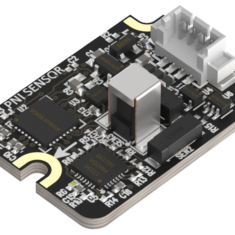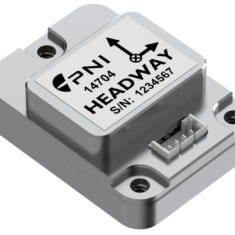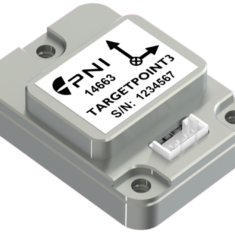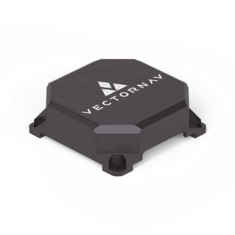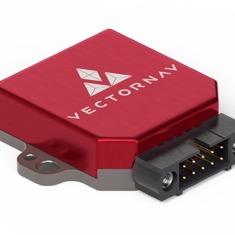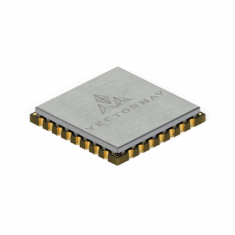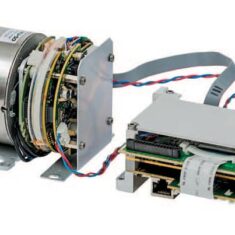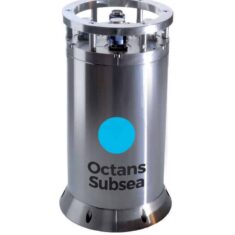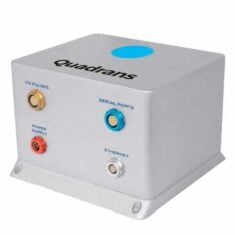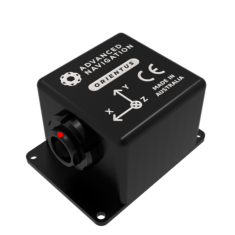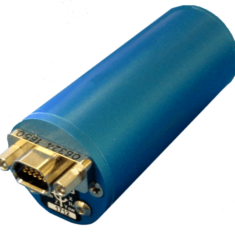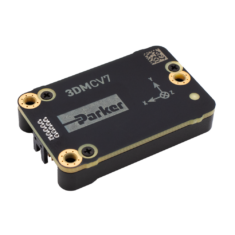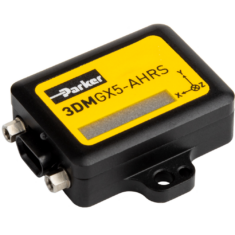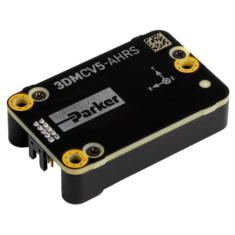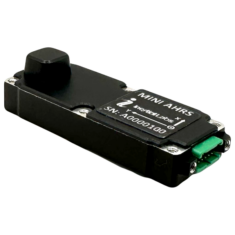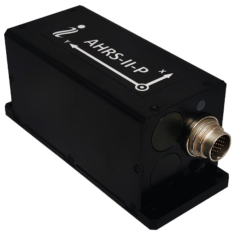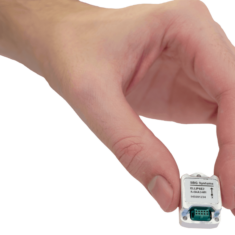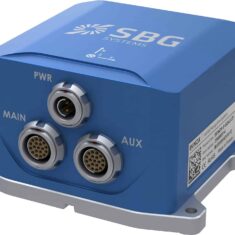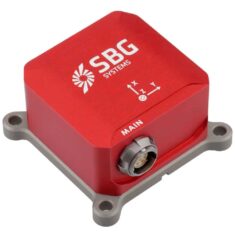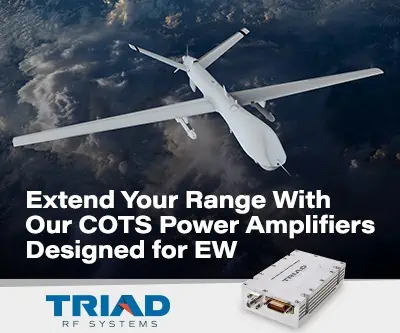What is an AHRS (Attitude and Heading Reference System)?
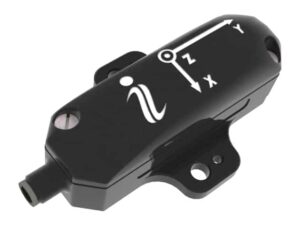
Inertial Labs Miniature AHRS for UAVs
An AHRS (Attitude and Heading Reference System) is a collection of sensors and a processing system that provide heading and 3D orientation information for UAVs, ROVs, UGVs and other unmanned vehicles as well as for gimbals, antennas and other sensor platforms.
The attitude of a vessel is the orientation of the vehicle about its centre of mass and is measured by three parameters, roll, pitch and yaw, which represent the effects of rotational forces about all three axes.
The AHRS was developed as a replacement for bulkier, less accurate traditional mechanical gyroscopic instruments. It is comprised of gyroscopes, accelerometers and magnetometers which may be either solid-state or micro-electromechanical (MEMS).

SBG Systems AHRS INS/GNSS for unmanned systems
Magnetometers are used as heading references, and errors can be induced by the highly variable magnetic fields given off by motors, batteries, sensors and other components within an unmanned system. Choosing a magnetically clean location to mount an AHRS is therefore a key issue. For particularly troublesome magnetic environments, a GPS-enabled DMS (dynamic measurement system) inertial gyro sensor may be required as an alternative.
The difference between AHRS and IMU
The difference between an AHRS and an IMU (Inertial Measurement Unit) is that the AHRS includes an on-board processing system whereas an IMU solely outputs sensor data which then has to be fed into another device that computes the final attitude and heading. The
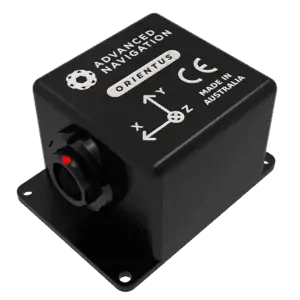
Advanced Navigation Orientus Rugged AHRS for UAV
AHRS will use sensor fusion and state estimation algorithms such as Extended Kalman Filters to compute attitude and heading from the multiple sources of data, as well as correct for transient accelerations, magnetic disturbances and vibrations. An AHRS may form part of a larger inertial navigation system (INS).
An AHRS will typically have a smaller footprint, both in terms of physical space and power consumption, than the equivalent set of gyroscopic instruments, and prices have decreased over time as the technology has matured. This makes an AHRS an ideal solution for SWaP-conscious applications such as unmanned aircraft and other robotic platforms.












